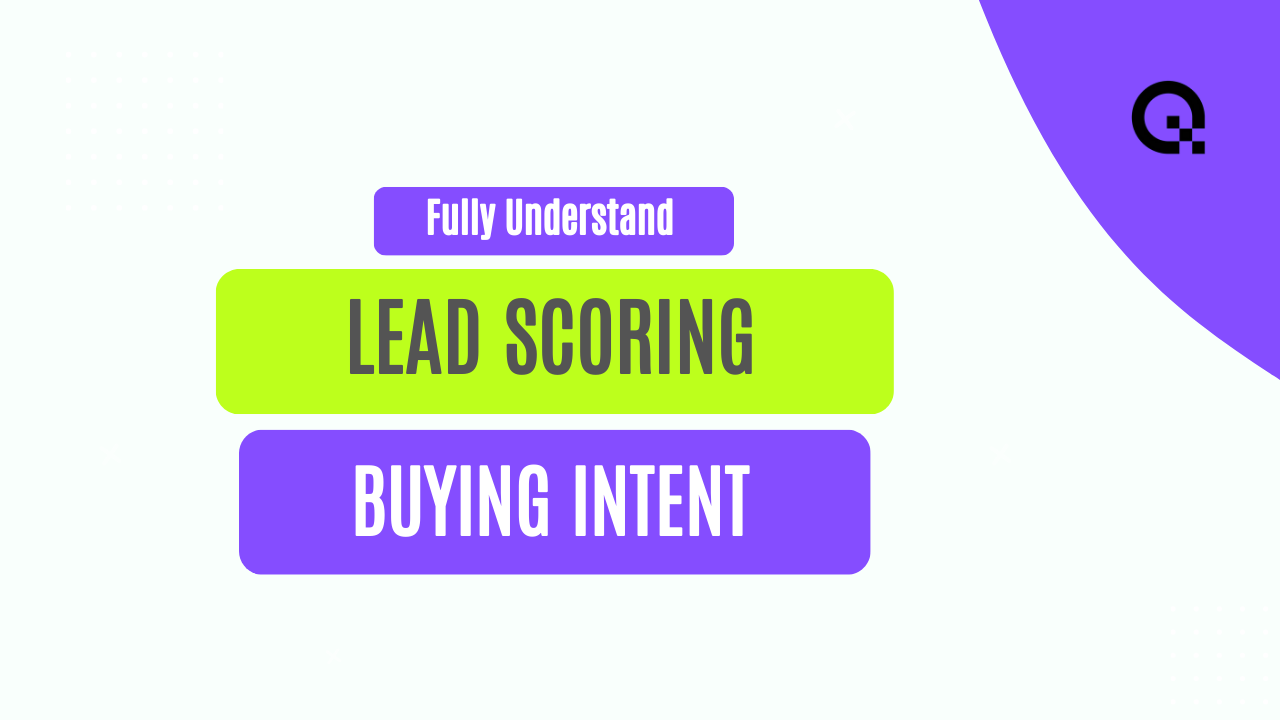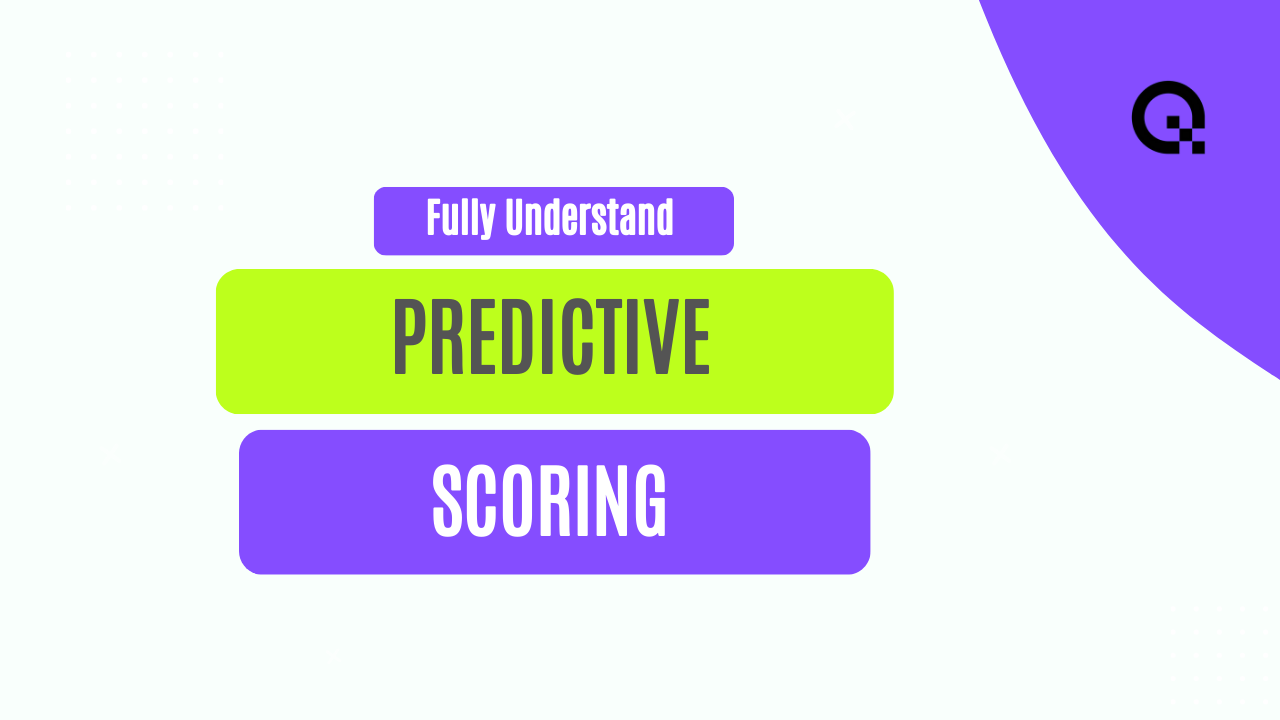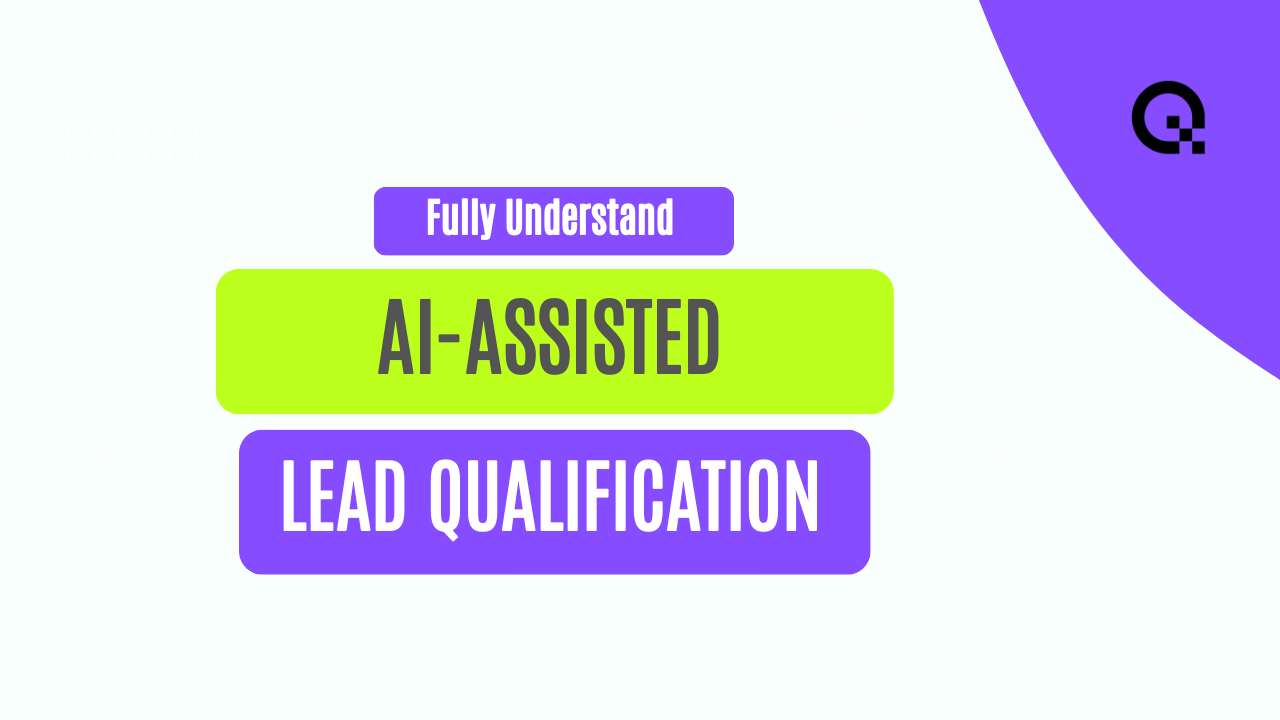Predictive Lead Scoring: Unveiling the Power of Buying Intent
Lead scoring is a crucial aspect of any successful marketing strategy, allowing businesses to prioritize and focus their efforts on leads that are most likely to convert. However, traditional lead scoring methods often fall short in accurately predicting a lead's likelihood to make a purchase. This is where predictive lead scoring based on buying intent comes into play, revolutionizing the way businesses identify and nurture potential customers.
The Evolution of Lead Scoring
Traditional lead scoring models rely on demographic data, firmographics, and past behavior to assign a score to leads. While these factors provide valuable insights into a lead's characteristics and engagement level, they fail to capture the most critical element: buying intent.
Buying intent refers to a lead's likelihood to make a purchase in the near future. By analyzing online behavior, such as website visits, content consumption, and interactions with marketing materials, businesses can gain valuable insights into a lead's purchase intent.
However, manually tracking and interpreting these signals can be a time-consuming and error-prone process. This is where predictive lead scoring comes in, leveraging advanced algorithms and machine learning to automate the process of identifying buying signals and predicting a lead's conversion probability.
The Power of Buying Intent
Buying intent is a powerful indicator of a lead's readiness to purchase. By focusing on signals that indicate a high level of purchase intent, businesses can tailor their marketing and sales efforts to effectively engage and convert these leads.
For example, a lead who repeatedly visits pricing pages, reads case studies, and engages with product demos is likely further along in the buying journey compared to a lead who has only visited the homepage. By prioritizing leads with high buying intent, businesses can allocate resources more efficiently and improve their overall conversion rates.
Moreover, predictive lead scoring based on buying intent allows businesses to proactively identify potential customers who may not have explicitly expressed interest but exhibit behaviors that suggest they are in the market for a solution. By targeting these leads early in the buying process, businesses can influence their decision-making and guide them towards a purchase.
Implementing Predictive Lead Scoring
Implementing predictive lead scoring based on buying intent requires a combination of technology, data, and strategy. Businesses can leverage marketing automation platforms and customer relationship management (CRM) systems to collect and analyze data on lead behavior.
Machine learning algorithms can then process this data to identify patterns and trends that indicate buying intent. By continuously refining the model based on feedback and outcomes, businesses can improve the accuracy of their lead scoring and enhance their ability to predict conversions.
Furthermore, aligning sales and marketing teams around the predictive lead scoring model is essential to ensure seamless lead handoff and consistent engagement throughout the buyer's journey. By providing sales teams with insights into a lead's buying intent, businesses can empower them to have more meaningful conversations and close deals more effectively.
The Future of Lead Scoring
As technology continues to advance and customer expectations evolve, the role of predictive lead scoring in marketing and sales will only grow in importance. By harnessing the power of buying intent, businesses can stay ahead of the competition, drive revenue growth, and build lasting relationships with their customers.
Ultimately, predictive lead scoring based on buying intent is not just a tool for identifying potential customers; it is a strategic approach to understanding customer behavior, predicting future actions, and delivering personalized experiences that drive conversions and foster loyalty.
Embracing predictive lead scoring is no longer a choice but a necessity for businesses looking to thrive in today's competitive landscape. By unlocking the insights hidden in buying intent, businesses can unlock a world of opportunities and propel their growth to new heights.



